Approaches first - What is a good approach to land? A good approach is a prerequisite to a good landing. We can approach the runway either by a traffic pattern or straight in (if cleared). We'll begin with what the FAA thinks a good pattern should be. (My comments in parenthesis) chapter 4 under Air Traffic Control in the FAR handbook states as follows:
1. Enter pattern in level flight, abeam the mid-point of the runway at pattern altitude - 1,000' above ground level (AGL) is the recommended pattern altitude unless established otherwise (each airport or field has a stated pattern altitude above the station's elevation above sea level - if the station is located at an elevation of 800', and if the pattern altitude is to be 1,000' above the station, then the pattern altitude would be 1,800'. (A left hand pattern is recommended unless directed otherwise).
2. Maintain pattern altitude until abeam approach end of the landing runway on downwind leg.
3. (Turn left on base leg, either hold altitude or descend to turn from base leg to final - FAA left this step out, which is important).
4. Complete turn to final at least 1/4 mile from the runway.
5. Either land or proceed straight ahead until beyond the departure end of the runway.
6. If remaining in the traffic pattern (TP), commence a turn to crosswind leg beyond the departure end of the runway within 300 ft of pattern altitude.
7. If departing the TP, continue straight out or exit with a 45 degree turn (to the left or the right depending on the TP) beyond the departure end of the runway after reaching TP altitude (or, as directed by the Tower or Air Traffic Control for climbout.
8. Do not overshoot final or continue on a track which will penetrate the final approach of a parallel runway.
9. Do not continue on a track which will penetrate the departure path of the parallel runway.
In WWII, flying P-38's, a pattern to the field was somewhat abbreviated. We would come across the field downwind at low altitude (say 50 ft) to midfield, execute a steep climbing right turn (never left) to a pattern altitude established by experience, followed by a relatively steep descending turn to the runway. There was a line painted across the runway. If we landed beyond the line we were fined $1.00. The distance down the runway beyond the line was necessary to keep from overshooting. I missed now and then in the beginning. But we can't do that here and now - we fly square patterns and use our best judgment.
Keep in mind that there are other authorized approaches such as Contact, VFR,VOR, IFR , etc., many associated with or from a holding pattern or instrument approach procedure.
Most airports will have a Segmented Circle, usually in the middle of the airport, showing the direction of the TP, and a wind cone to indicate the direction of the wind.
Now the landing: The approach is half the battle - but you really have three choices:
1. You can set up an approach speed and maintain it all the way down to the flare point (probably above the end of the runway at perhaps 50 ft, assuming your shooting for the first 1,000 ft of runway).
2. Descend at a constant rate, say 500 ft/min, and adjust the descent angle so that you don't undershoot or overshoot your touchdown point.
3. Set up an airspeed with throttle, bleeding of airspeed as you descend with pitch control (using your stabilizer control) to the flare point (say the end of the runway at 50 ft). In any case leave a little throttle on in case you have to go around or if it's gusty or you have a crosswind. The flare will be your short-term judgment, gently bleeding off airspeed to the stall. The stall has to coincide with runway contact, otherwise you will "drop the airplane in" or experience a "hard landing", followed by a bounce. Remember that if you stall the airplane, say 2 ft above the runway, your contact force will be the 2 ft x the weight of your airplane (the heavier the airplane the greater the force), plus the fact that you may have a little trouble with the second contact, after the bounce, keeping the airplane on a straight course. A crosswind or gusts would aggravate your situation.
I prefer setting up a 500 ft/min descent, then bleeding off airspeed with the stabilizer to the flare point, depending on my judgment between undershooting and overshooting the runway. Short field landings should be made with power on to the end of the runway, then"chopping the throttle" on touchdown. Forget the go-around, unless you feel you can't accomplish the stop on rollout.
After all is said and done, remember that the airplane has to touch down on the runway stalled, at the same attitude that it sets at rest. Put this in your memory for the final approach and as you flare.
RS.

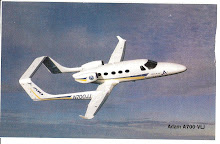

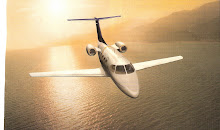


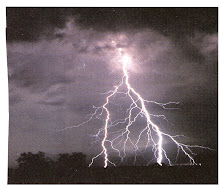

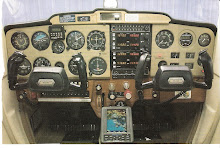
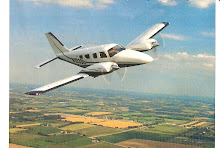
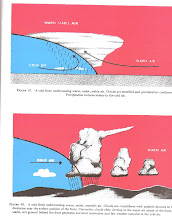
No comments:
Post a Comment